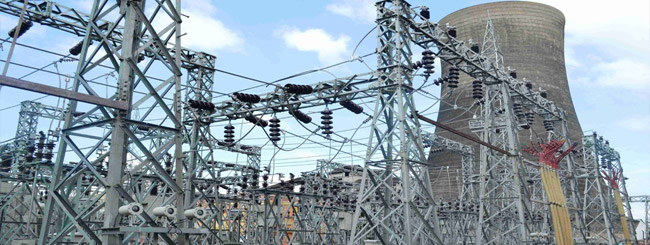Fiscal year FY24 that ended on March 31, 2024 saw average performance with respect to power T&D upgrade.
Addition of new power transmission lines (of 220kV or above) stood at 14,203 ckm, down 2.9 per cent from 14,625 ckm added in FY23. Transformation capacity (substations of 220kV or above) was augmented by 70,728 MVA as opposed to 75,902 MVA in FY23 – a decline of 6.8 per cent.
Though transmission line addition was lower in FY24, it is heartening to note that 765kV line addition was inspiring – 2,119 ckm in FY24 as against 1,655 ckm in FY23. All the same, 765kV substation capacity addition was lower at 18,000 MVA in FY24 vis-à-vis 19,500 MVA in FY23.
On the other hand, development of interstate transmission system (ISTS) through the tariff-based competitive bidding (TBCB) showed signs of promise. In FY24, a record number of 23 ISTS-TBCB schemes were awarded as against 18 in FY23. It is also estimated that the total project outlay of these 23 schemes is much higher than of those awarded in FY23. Besides, longstanding players like Tata Power and Apraava Energy debuted in the ISTS-TBCB space in FY24.
The award of such a large number of ISTS-TBCB schemes should result in significant addition of transmission lines and substations in the coming years. ISTS-TBCB schemes will complement the large capacity augmentation envisaged by ISTS schemes under the RTM (regulated tariff mechanism) route as well as intrastate transmission system (InSTS) projects, which, incidentally, are beginning to see widespread deployment of the TBCB modality.
On the power distribution side, the Revamped Distribution Sector Scheme (RDSS) is likely to see accelerated implementation after contract awarding resumes post general elections. A significant number of contracts are already under implementation – both on distribution infrastructure upgrade for loss reduction, and smart metering.
With respect to smart metering, it is estimated that nearly 20 crore smart meters (for consumers) have been sanctioned out of which contracts for 9.5 crore meters have been awarded. Over 20 AMISPs (advanced metering infrastructure service providers) are on the field for smart meter deployment. As these meters will be installed at the consumer premises, project implementation will be a bit tricky.
It is therefore likely that consolidation will take place in the time to come, with larger players acquiring projects of smaller and newer players. Of course, the policy framework will need to evolve to address this eventuality.
Whatever be the transient challenges, it is very clear that India will need to stay committed to expand and strengthen its power T&D infrastructure, with an ultimate objective of achieving a technically and commercially efficient electricity value chain, and of course, electricity access to all.
The author of this article, Venugopal Pillai, is Editor, T&D India, and may be reached on venugopal.pillai@tndindia.com. Views are personal.

